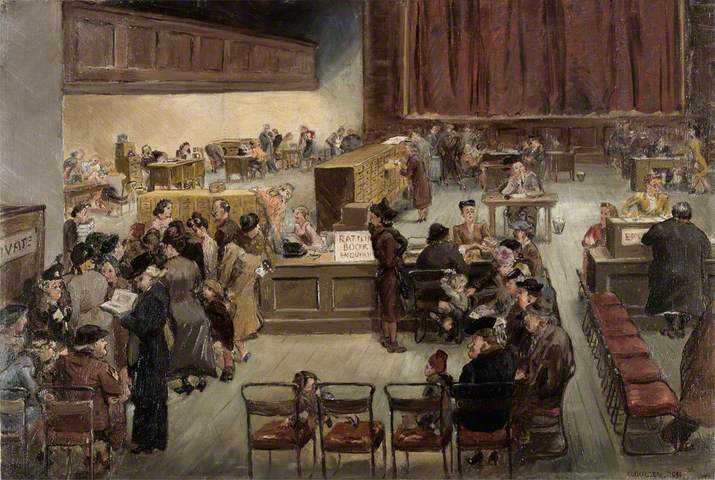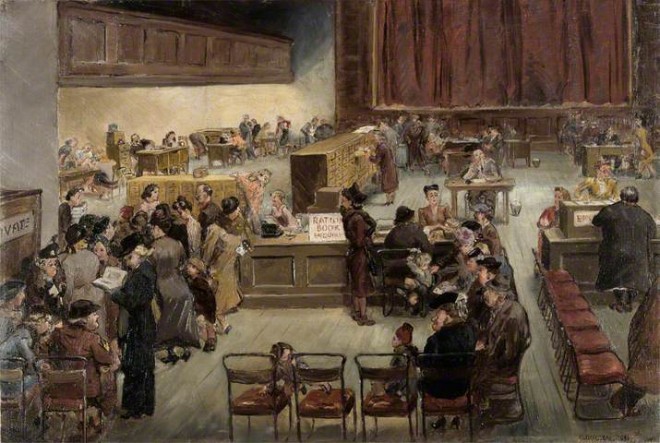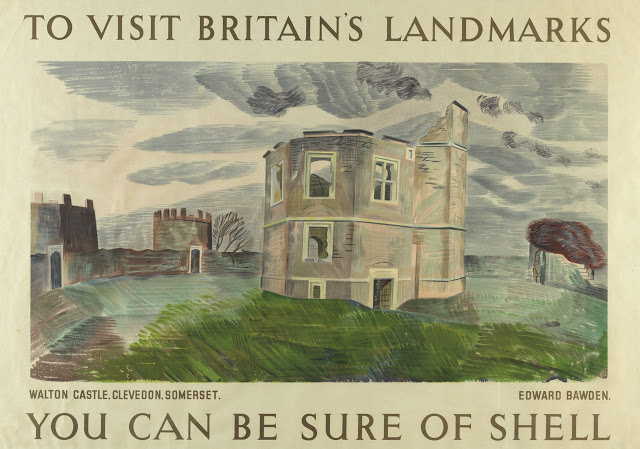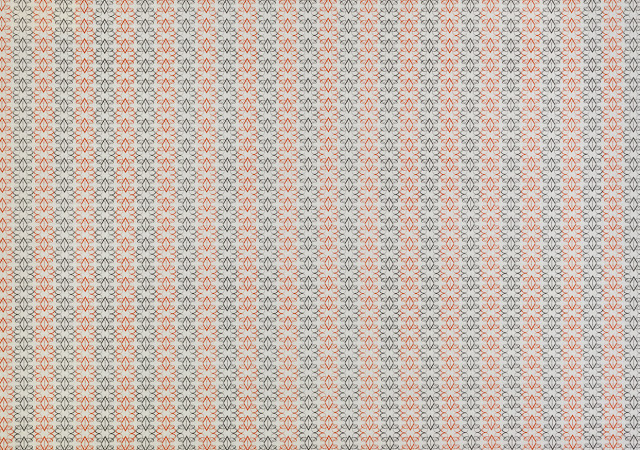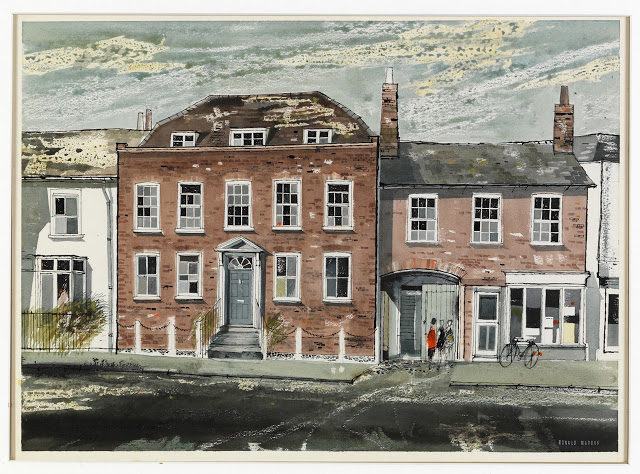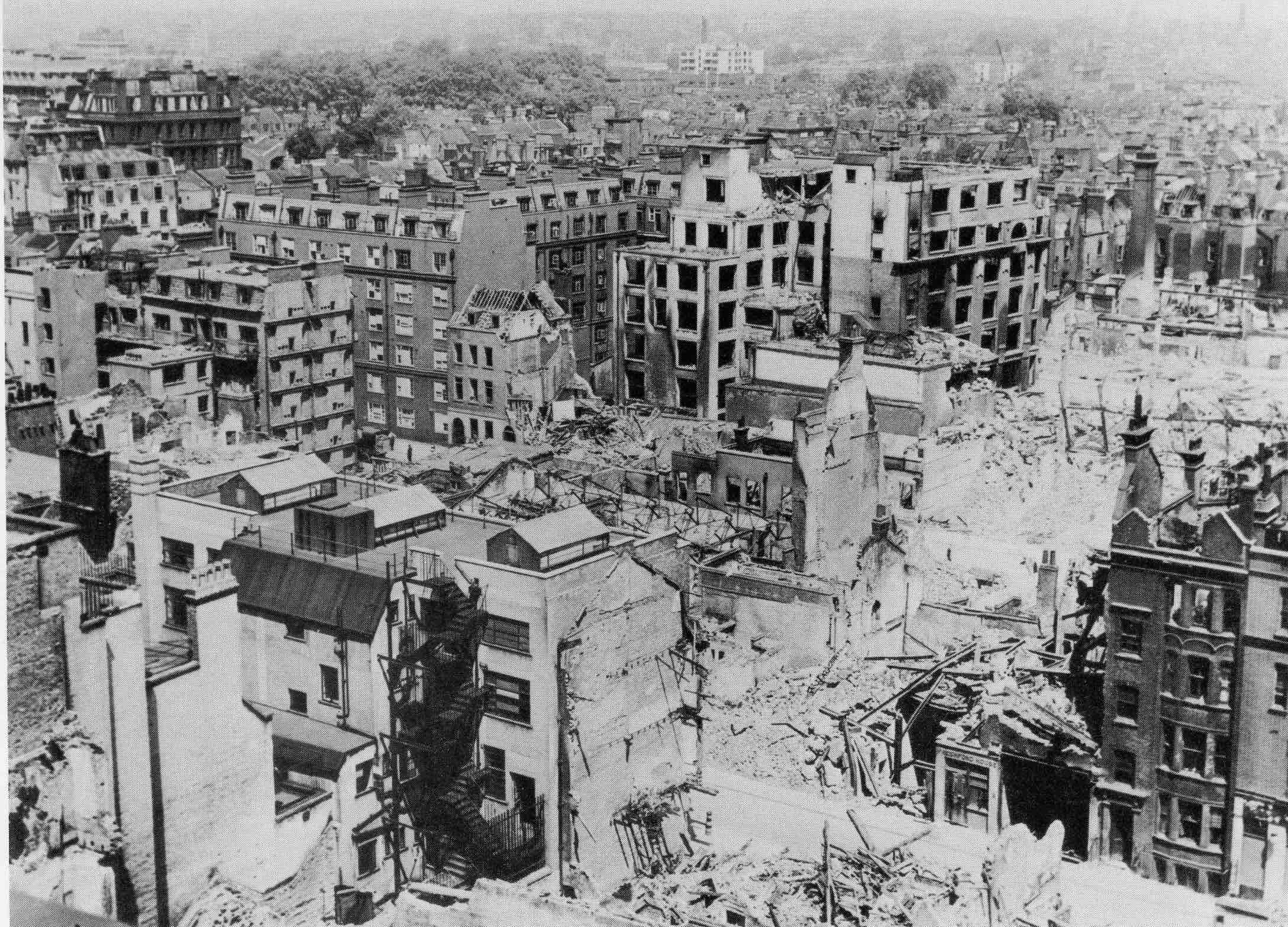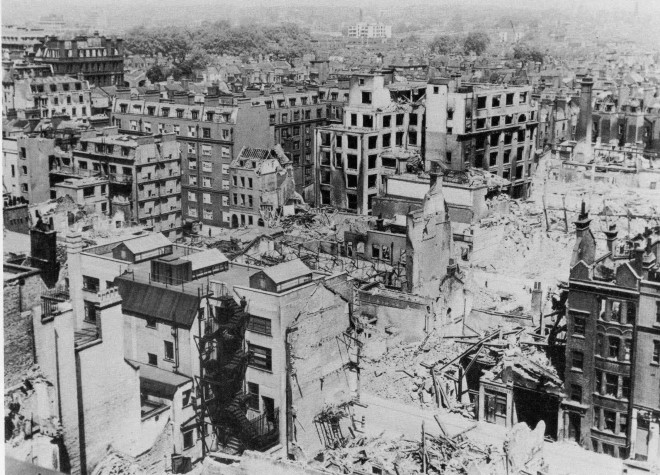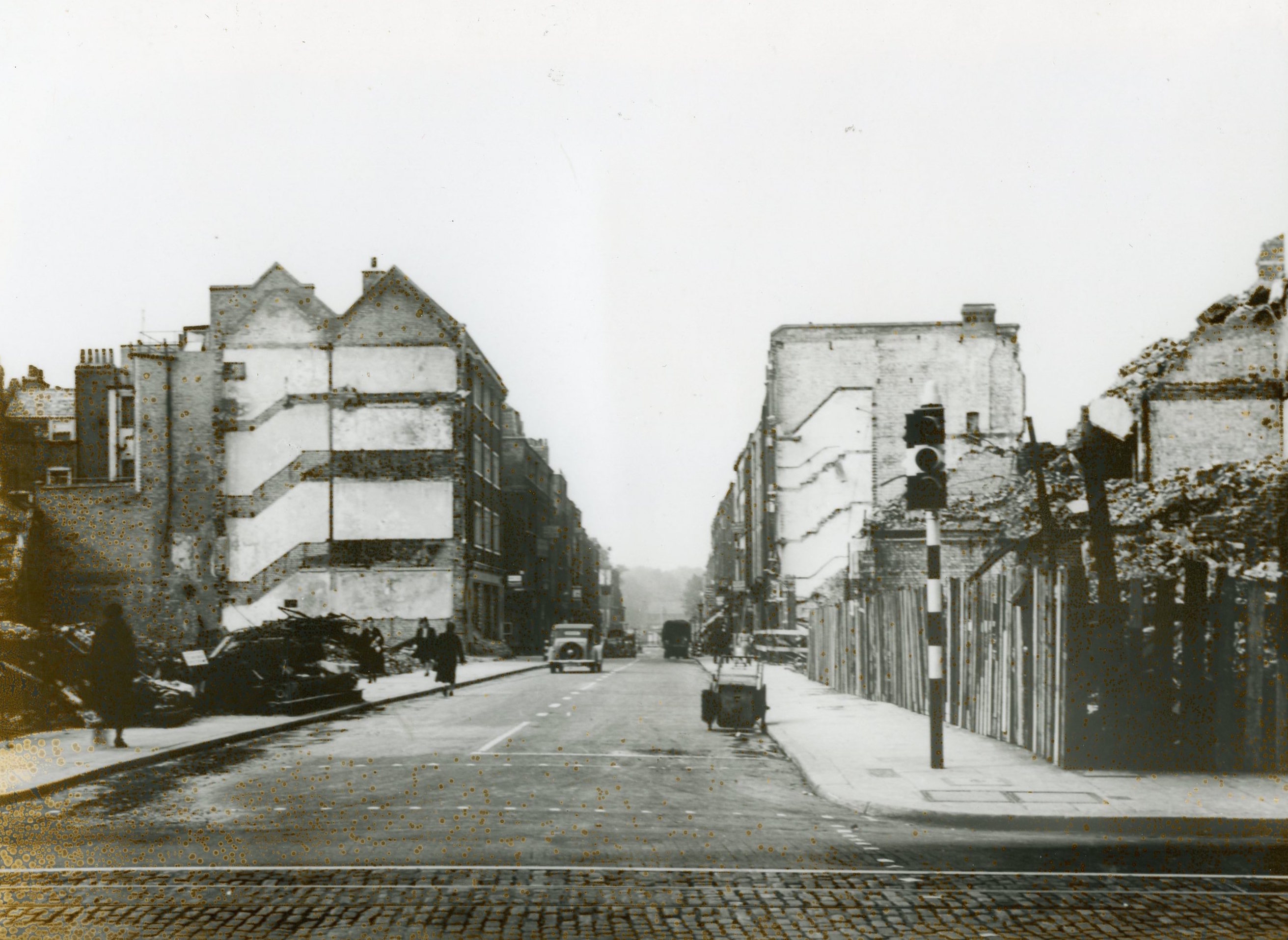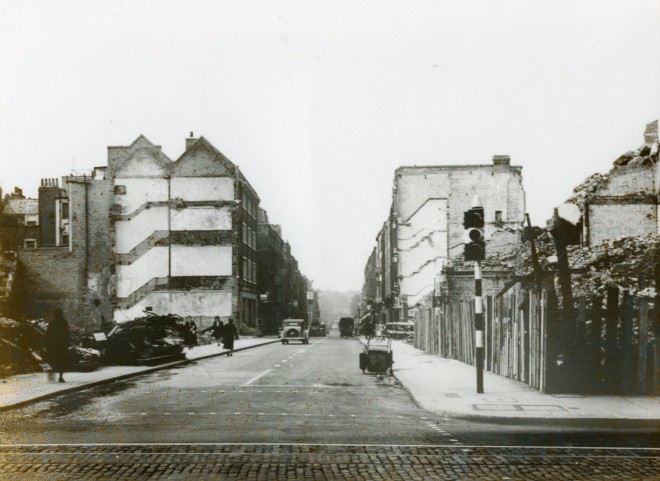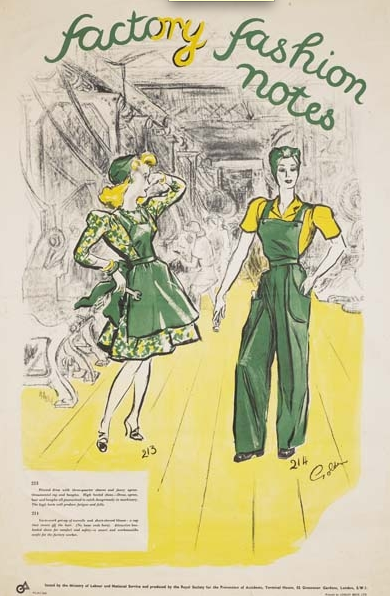
One of Golden’s many commissions for the Ministry of Labour, this time for the Royal Society for the Prevention of Accidents, this early 1940s poster demonstrates appropriate and inappropriate clothes to wear in the factory. The striking thing, of course, was that the government felt it was necessary to point this out to the new female work force. The Museum of London (where this poster is held) reminds us that in 1910 only 10% of married women worked outside the home; by 1990 it was more like 60%.

